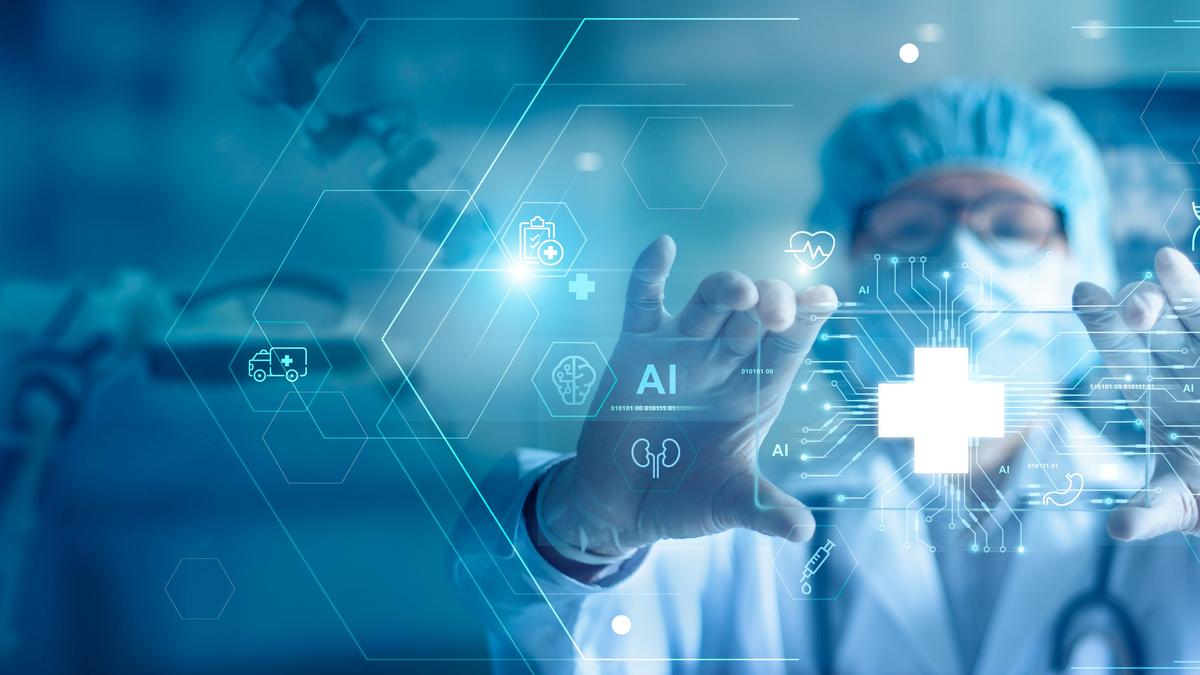In June, Meta announced a $15-billion acquisition of Scale AI, bringing its founder Alexandr Wang on board to lead a new “superintelligence” team. Headlines focused on Meta’s ambition, on the size of the deal, on the race for dominance. The real lesson lies elsewhere, though: independence.
Scale AI did not win because it had the most advanced model. In fact, Scale AI didn’t even build models. What it built was infrastructure. It generated massive, high-quality datasets at speed. It set up feedback loops that caught errors and corrected them quickly. It treated those loops: that compounding machine of data, correction, and reinforcement, as the beating heart of AI. If proof was needed that the true picks and shovels of the AI gold rush are high-quality data and the loops that refine it, Scale provided it.
Healthcare AI is still trapped in model worship. Hospitals rent sealed boxes of code, often trained on patients far away, on diseases seen rarely in their own wards. That creates dependence. Clinicians do not own the pipelines that feed their systems. They don’t own the loops that would let them correct mistakes on the spot.
A radiologist in Chennai sees a chest X-ray flagged as pneumonia by an imported model. But she instantly knows it is tuberculosis, a disease common in India yet rare in the datasets that trained the model. The error is obvious, but the loop is closed elsewhere. Her correction never reaches the algorithm. The system does not learn. It waits for a vendor’s update, which may take months or never arrive at all.
In healthcare, that dependence is dangerous. Lives are on the line and, yet, the ability to improve sits outside the hospital’s hands.
In diagnostics
Superintelligence in diagnostics will not be imported in a single pre-trained model. It will be built through ownership of three foundations. First, multimodal datasets that bring together images, lab values, reports and clinical context. Only then can systems become safer and smarter. Second, deep workflow integration, where AI is embedded into clinical practice rather than bolted on as an afterthought. Real impact happens when it strengthens decisions inside the workflow. Third, the human-AI loop, where clinicians and AI learn together in real time. Feedback must be controlled and continuous, so that mistakes are corrected quickly and systems learn in the right direction.
Superintelligence will come from this discipline. It will not arrive as a download from somewhere else. It grows inside the systems that own their foundations.
Using the flywheel
The most powerful diagnostic systems will operate as flywheels. Every day, cases pour in. Doctors confirm or correct results inside the workflow. Each correction is logged instantly. The loop closes, the system sharpens. With every turn, the engine grows more resilient. Progress does not wait for a vendor’s patch; it compounds daily, like interest.
No country is better positioned to build this flywheel than India. The demand for diagnostics is immense, the workforce too small. Imported models cannot bridge the gap. Most stumble when faced with Indian realities: a dermatology model tuned on lighter skin tones, a chest model blind to tuberculosis.
The bottomline: India already has the scale and diversity to build something far stronger. Every day, millions of diagnostic cases flow through our hospitals and labs. They span every demographic, every condition, every context. With the right infrastructure, those cases are the raw material for rich, multimodal datasets that can actually reflect our population. Policy is starting to move in that direction. The National Digital Health Mission is pushing interoperable health records. The ICMR has put out ethical guidelines for AI in healthcare.
These are good beginnings. But the real leap won’t come from policies alone. It will come when we build infrastructure that turns daily clinical data into a learning system we take responsibility for and regulate.
Independence as the real superpower
The future of diagnostic AI will be written by those who own their loop. Every case, every correction, every signal must stay in-house. Doctors decide, AI learns, the rehearsal continues, the system grows sharper every day.
Scale AI proved in commerce that control of the loop creates resilience. In medicine, the stakes are higher. Dependency here means fragility, errors, and lives lost. Independence means much more than efficiency for us; it is survival.
The lesson is simple. Control the loop or be controlled by it.
Kalyan Sivasailam is the founder & CEO of 5C Network; views expressed are personal
Published – October 14, 2025 12:31 am IST

